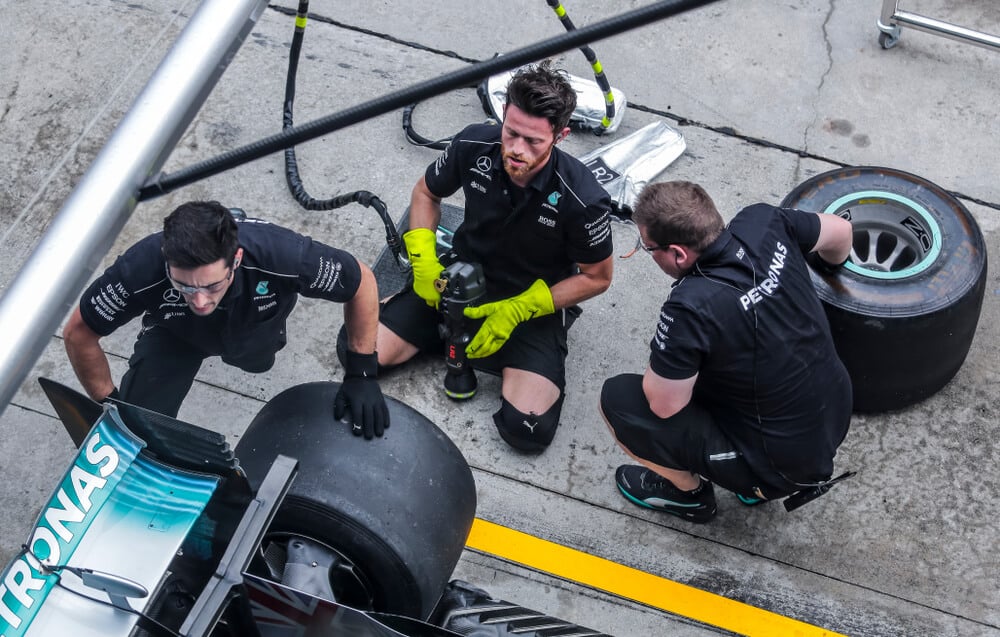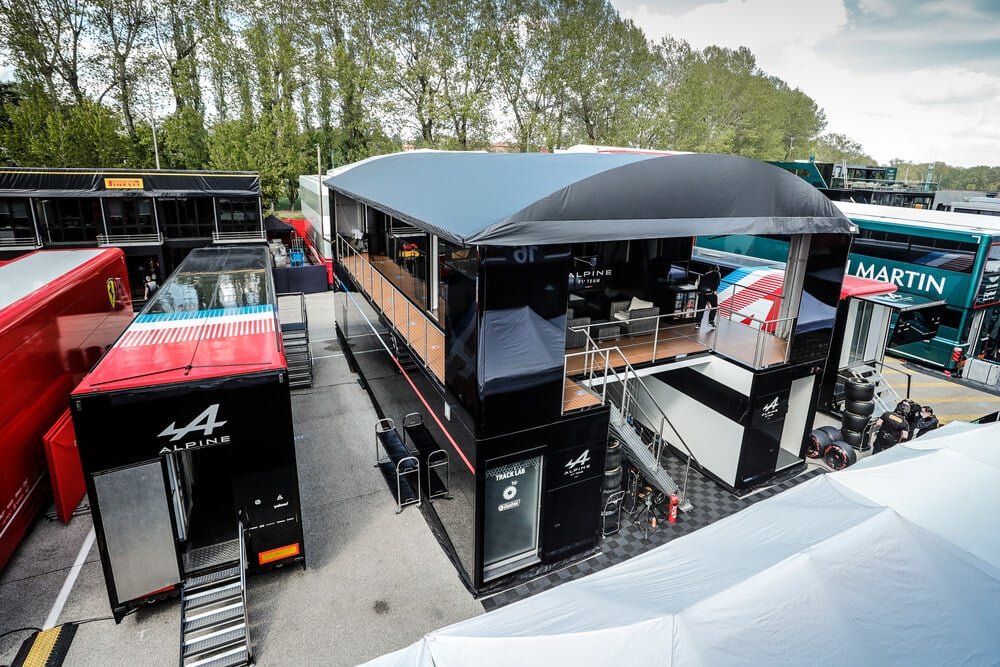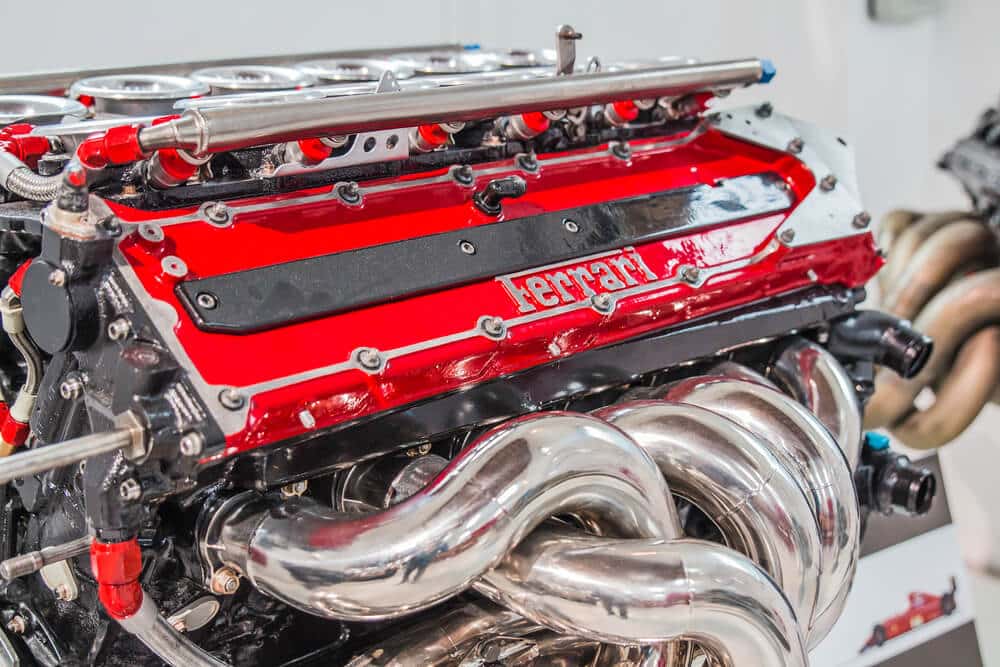In Formula One racing, a flat spot is a condition that occurs when a tire loses its rubber due to excessive wear. This can happen when a driver locks up the brakes or slides the car, causing the tire to skid and lose its rubber. In this article, we will take a closer look at what flat spots are, how they happen, and how they affect a Formula One car’s performance.
Table of Contents
Watch this video to learn more about flat spots and tyre wear in F1.
What are flat spots?
leaving a smooth, flat surface. This can happen when a driver locks up the brakes or slides the car, causing the tire to skid and lose its rubber. A flat spot can be identified by a smooth, shiny patch on the tire, and it can occur on any part of the tire, but it’s most commonly found on the front tires.
How do flat spots happen?
Flat spots happen when a driver locks up the brakes or slides the car, causing the tire to skid. This results in excessive wear on the tire, and the rubber is worn away, leaving a smooth, flat surface. The harder the braking or sliding, the more severe the flat spot will be. Flat spots can also occur when a car is parked for an extended period of time, as the weight of the car will cause the tire to flatten in one spot.
How do flat spots affect a Formula One car’s performance?
Flat spots can affect a Formula One car’s performance in a number of ways. They can cause vibrations, which can make the car difficult to control and can also cause damage to the suspension. A flat spot can also cause the tire to lose grip, reducing the car’s overall performance. Additionally, a flat spot can cause uneven wear on the tire, which can lead to premature tire failure.
How to prevent flat spots
Preventing a flat spot is important for maintaining the performance of a Formula One car. There are several ways to prevent flat spots, including proper tire management and best practices for breaking and sliding.
Importance of proper tire management
Proper tire management is crucial for preventing a flat spot. Teams need to make sure that the tires are properly inflated, and that the tire pressures are set correctly for the track conditions. Teams should also monitor the tires for wear and replace them when necessary.
Best practices for breaking and sliding
To prevent a flat spot, teams should also teach their drivers the best practices for breaking and sliding. Drivers should avoid locking up the brakes, and they should be aware of how hard they are braking. Additionally, drivers should avoid sliding the car, as this can cause excessive wear on the tires.

Impact of flat spots on a race
Flat spots can have a significant impact on a race, affecting lap times and pit stop strategies.
Effect on lap times
Flat spots can cause vibrations, which can make the car difficult to control and can also cause damage to the suspension. This can slow down the car and affect the lap times. Additionally, the flat spot can cause the tire to lose grip, reducing the car’s overall performance and slowing down the lap times.
Pit stop strategies
If a car has a flat spot, it may need to make an extra pit stop to change the tires. This can affect the pit stop strategies and can also affect the overall performance of the car during the race.
Frequently asked questions
What causes a flat spot on a tire?
How can flat spots be prevented?
Can a flat spot be repaired?
Conclusion
A flat spot are a common condition in Formula One racing that can happen when a tire loses its rubber due to excessive wear. They can affect a car’s performance, and teams need to use proper tire management, avoiding excessive braking and sliding to prevent them. The impact of flat spots on a race can be significant, affecting lap times and pit stop strategies. However, teams take steps to minimize the effect on the tire’s performance. It’s important to note that flat spots are not only unique to F1, but also can happen to any vehicle that drives on the road.
Article sources
Learn more about Formula One
Want to learn more about F1? Then visit our Formula 1 glossary and dictionary.



